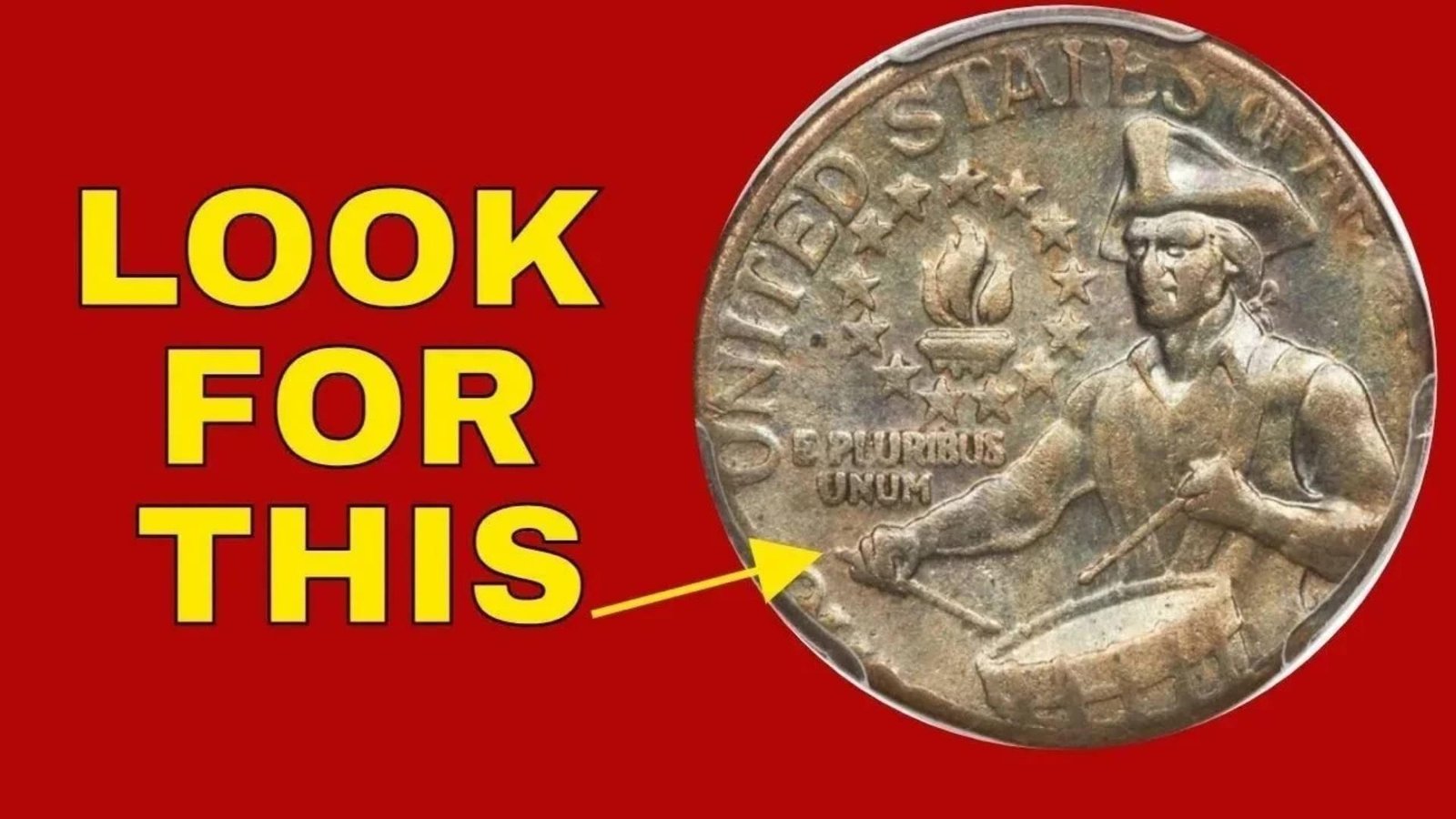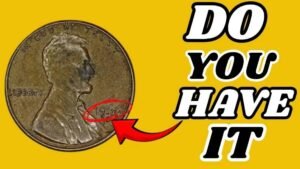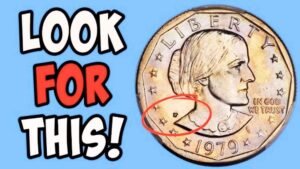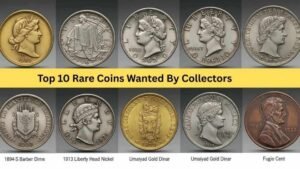What if a coin in your pocket change was worth a fortune? Rumors of a rare Bicentennial Quarter valued at $250 million have stunned collectors and treasure hunters alike. While most quarters are worth just 25 cents, this legendary coin could be the jackpot hiding in plain sight.
What Is the Bicentennial Quarter?
The Bicentennial Quarter was minted in 1975 and 1976 to celebrate America’s 200th anniversary. Instead of the usual eagle reverse, it featured a colonial drummer and victory torch, making it one of the most recognizable US coins. Billions were struck, but one special variety stands apart.
The Origin of the $250 Million Coin
Stories of the ultra-rare Bicentennial Quarter trace back to a minting error or prototype strike believed to be produced under special conditions. Unlike regular copper-nickel quarters, this version may have been made in 90% silver with unique die varieties. With so few in existence, its rarity has skyrocketed.
Why Is It Worth So Much?
Collectors place extraordinary value on coins that are both historically significant and nearly impossible to find. The Bicentennial Quarter in question is said to have unique errors, flawless preservation, and limited provenance, factors that drive prices into the hundreds of millions.
Could It Still Be in Circulation?
Here’s where the mystery deepens. Some experts suggest a handful of these coins were never officially released but somehow entered public circulation. This means the coin sitting in your change jar might be worth more than a mansion.
Regular Bicentennial Quarters vs Rare Prototype
| Feature | Regular Bicentennial Quarter | Rare Bicentennial Quarter |
|---|---|---|
| Mintage | Over 1.6 billion | Possibly under 10 |
| Composition | Copper-Nickel Clad | 90% Silver (rumored) |
| Estimated Value | $0.25 – $20 | $250,000,000 |
| Design | Drummer Boy Reverse | Same, but with unique die |
How to Spot One in Your Pocket Change
Look for these clues:
- Silver Shine: Unusual luster compared to copper-nickel coins
- Sharp Details: Crisp strikes indicating a prototype
- Mint Errors: Off-center strikes, doubled dies, or unusual rims
- Certification Needed: Have a grading service like PCGS or NGC authenticate it
Steps to Identify Rare Coins
| Step | What to Do | Why It Matters |
|---|---|---|
| Inspect Design | Look for doubled dies or misprints | Errors can multiply value |
| Check Weight | Silver coins are heavier | Confirms unusual composition |
| Examine Mintmark | “S” mintmarks may indicate rarity | Some came only from San Francisco |
| Seek Professional Grading | PCGS or NGC authentication | Boosts legitimacy and market value |
Collector Insights
Experts stress that while the $250 million Bicentennial Quarter is shrouded in legend, the excitement drives broader interest in coin collecting. Even if you don’t find this mythical piece, error quarters, proof strikes, and silver issues can still fetch thousands.
FAQs
Q: Are all Bicentennial Quarters valuable?
A: No, most are worth face value, though silver proof versions can bring $5–$50.
Q: Has anyone really sold one for $250 million?
A: Official sales are unconfirmed, but rare coin auctions have reached tens of millions.
Q: Should I keep all Bicentennial Quarters?
A: Yes—especially silver or mint-state coins, since values continue to rise.
Conclusion: A Treasure Hiding in Plain Sight
The rare Bicentennial Quarter worth $250 million may be part myth, part reality—but it symbolizes the thrill of collecting. Every coin tells a story, and sometimes, that story could make you rich. Next time you check your change, look closely. You might be holding history—and a fortune.




